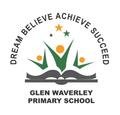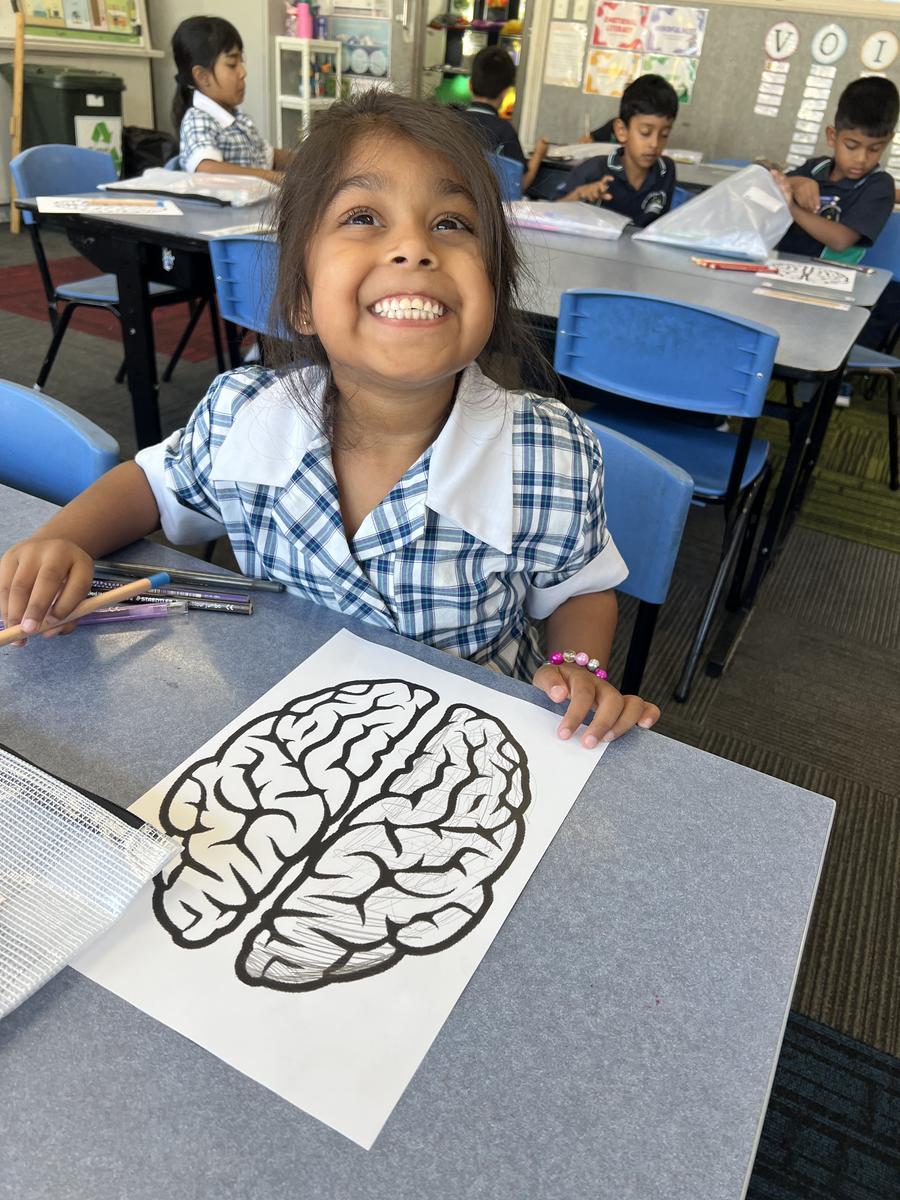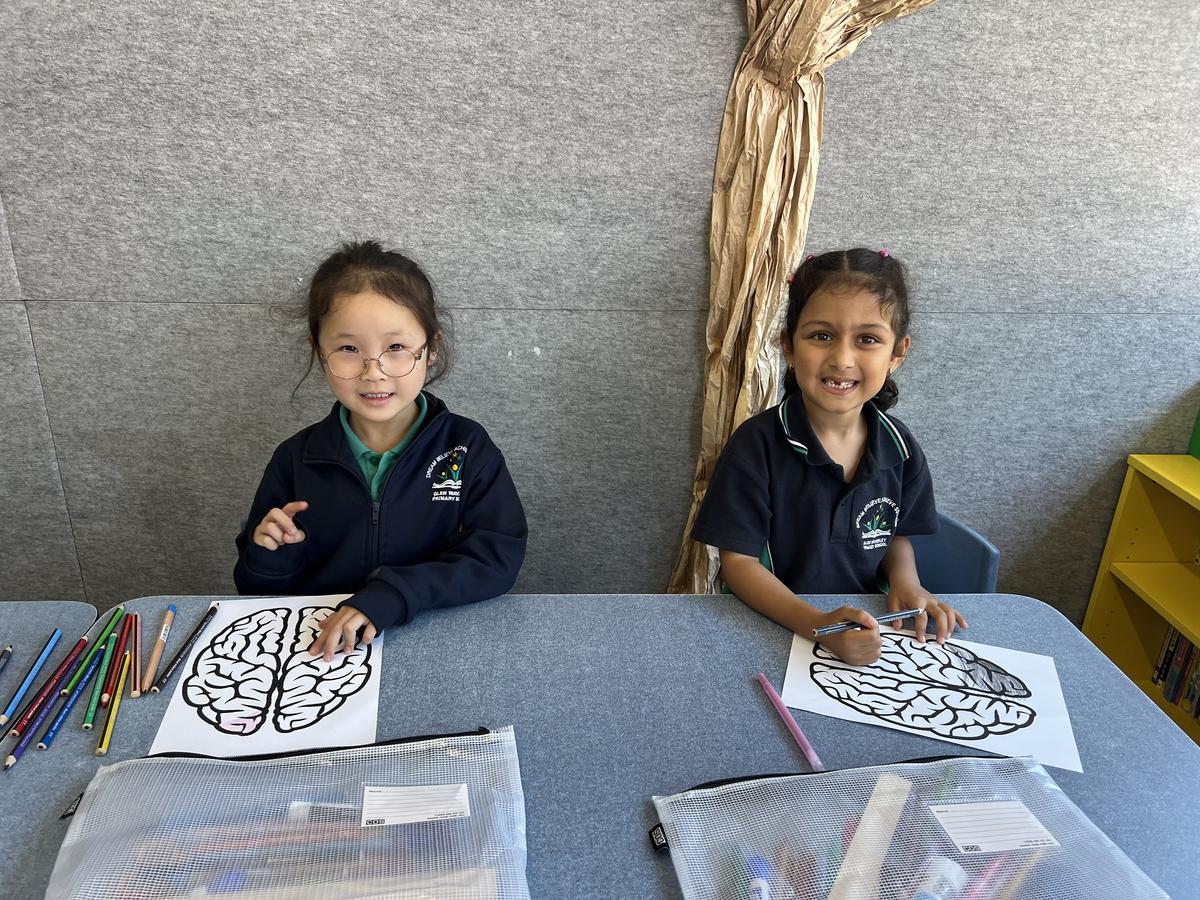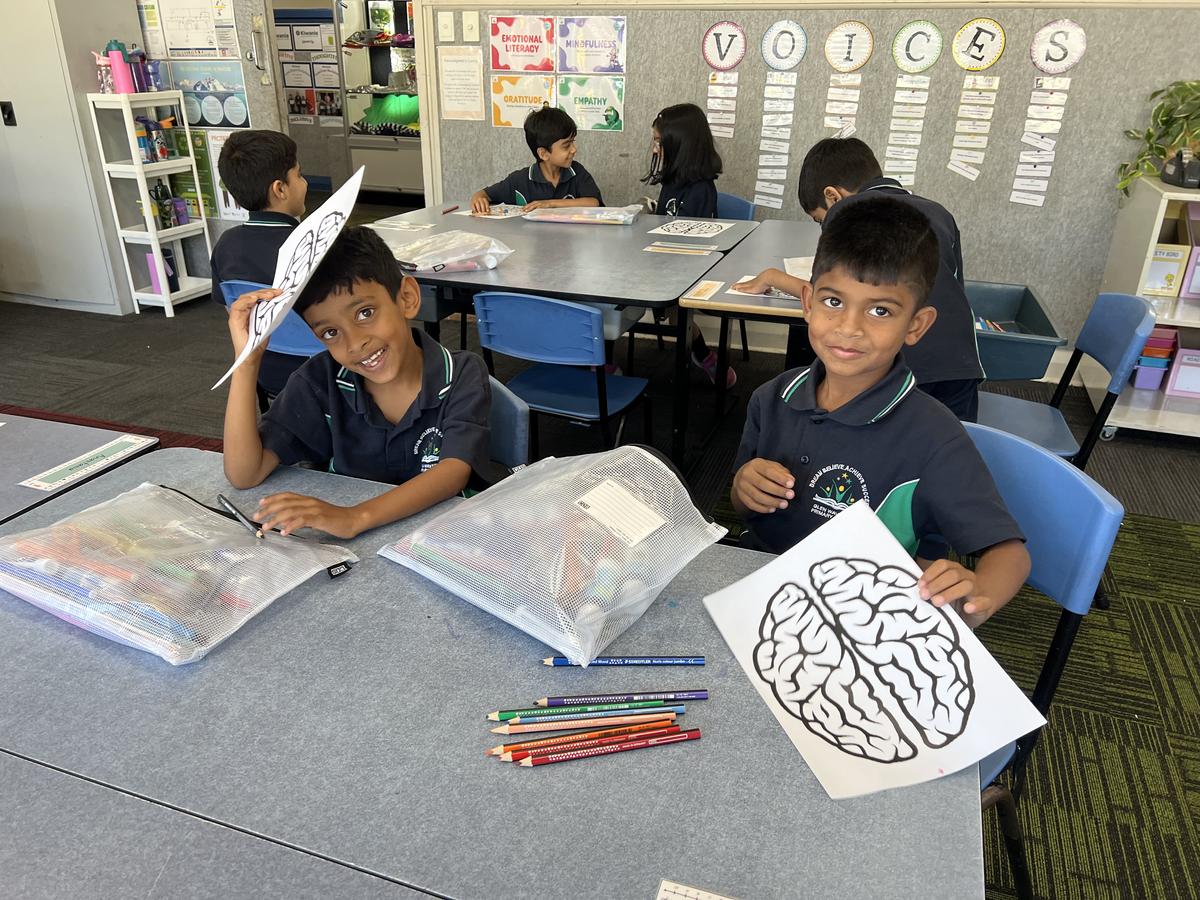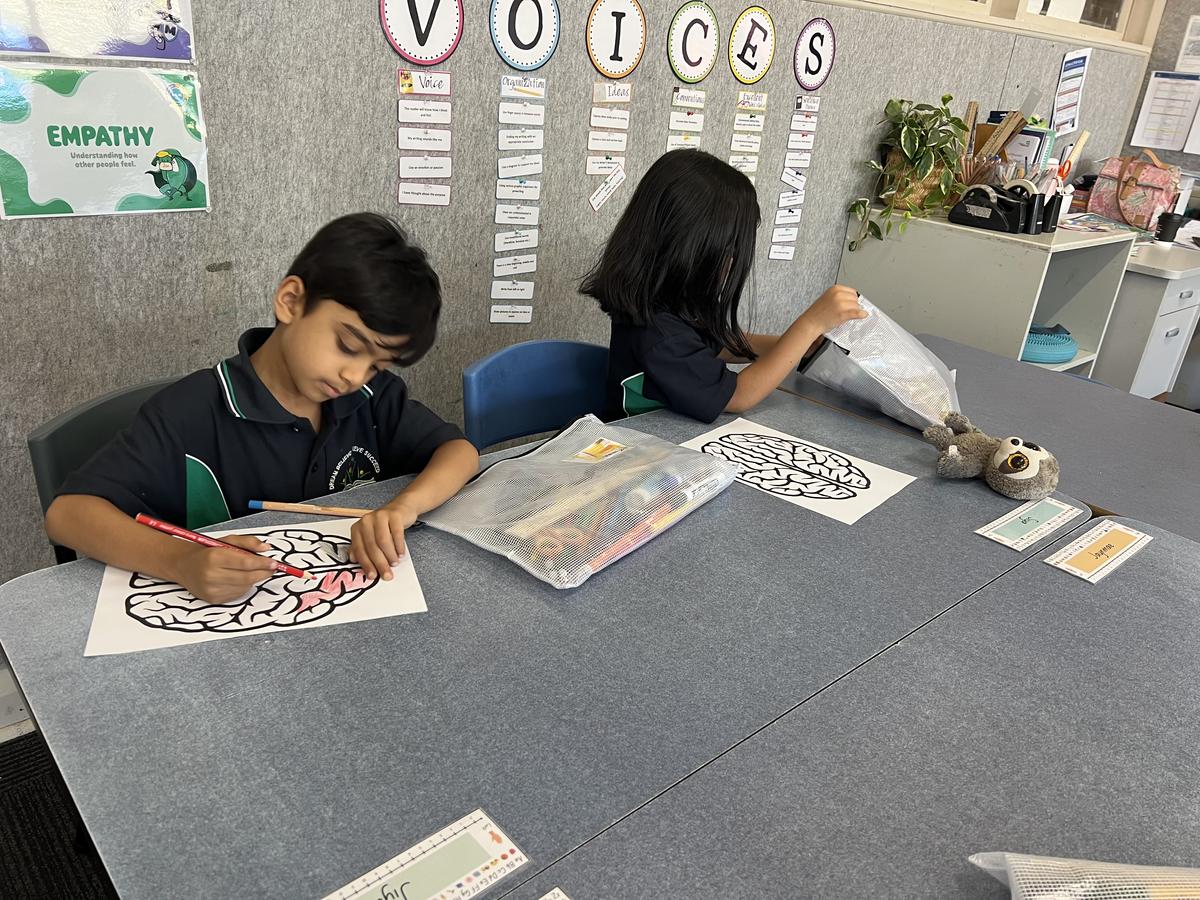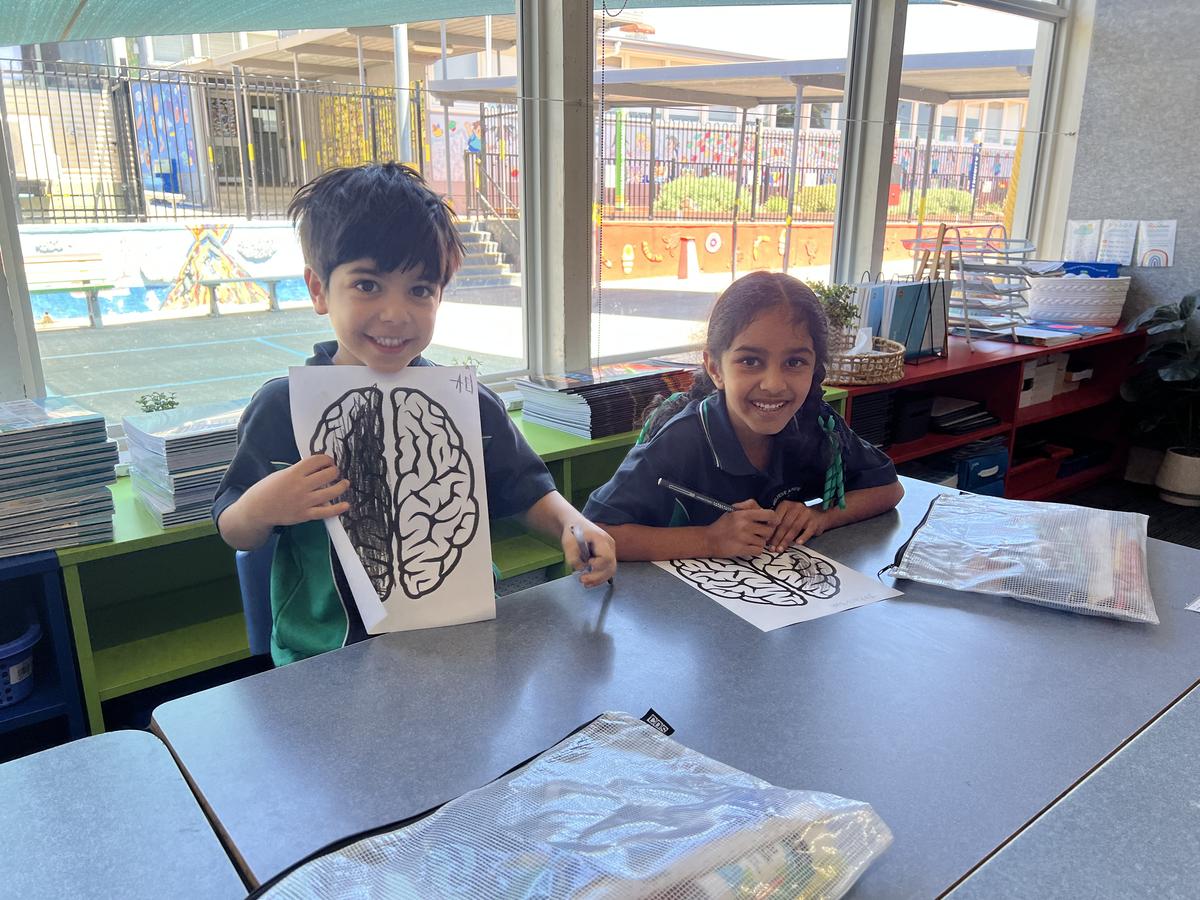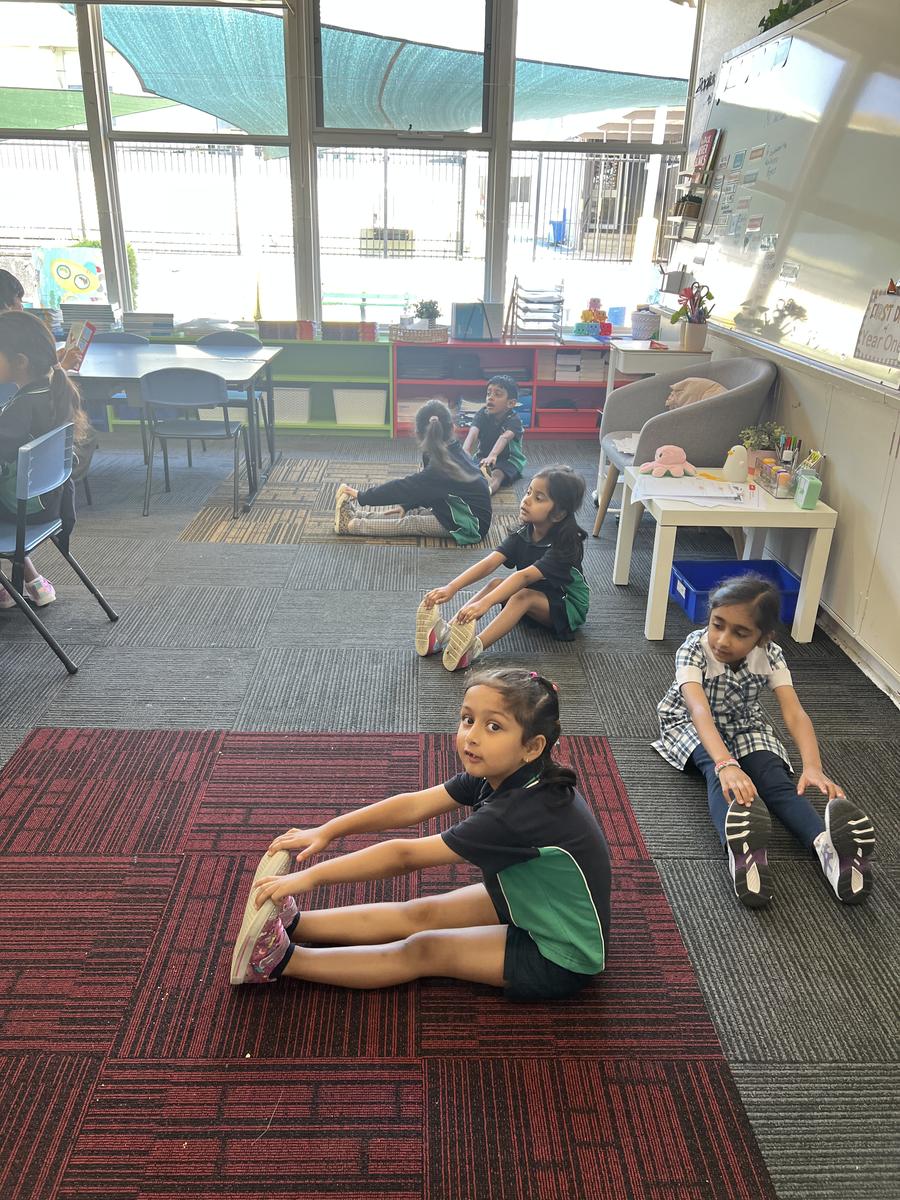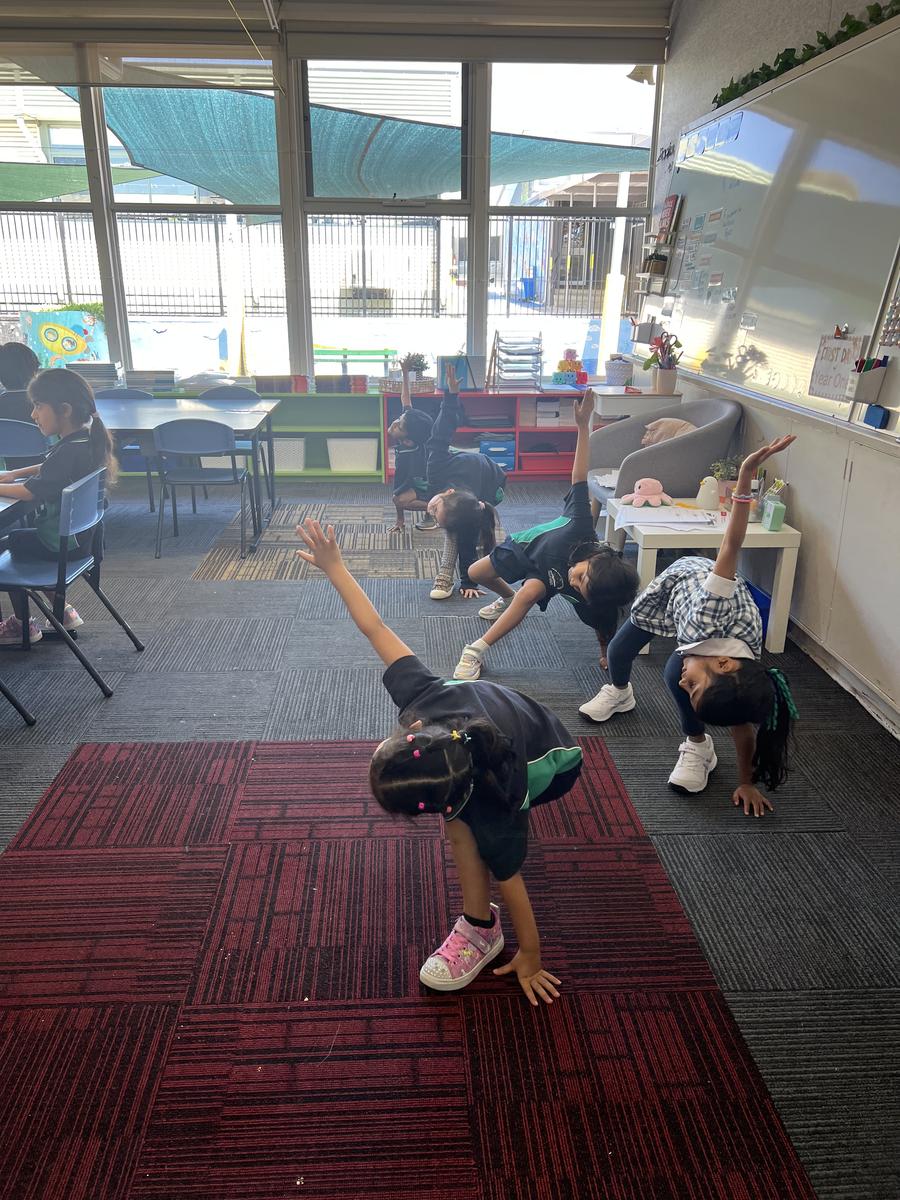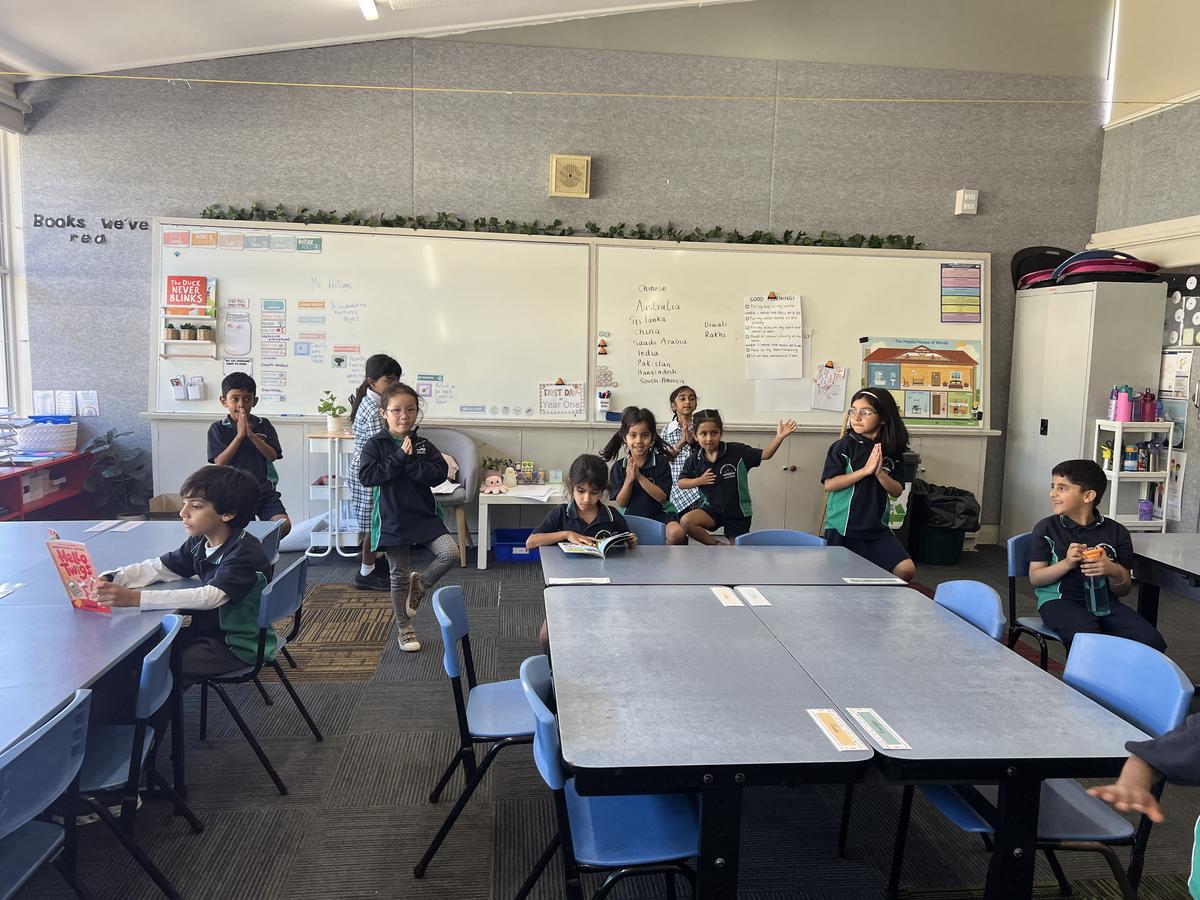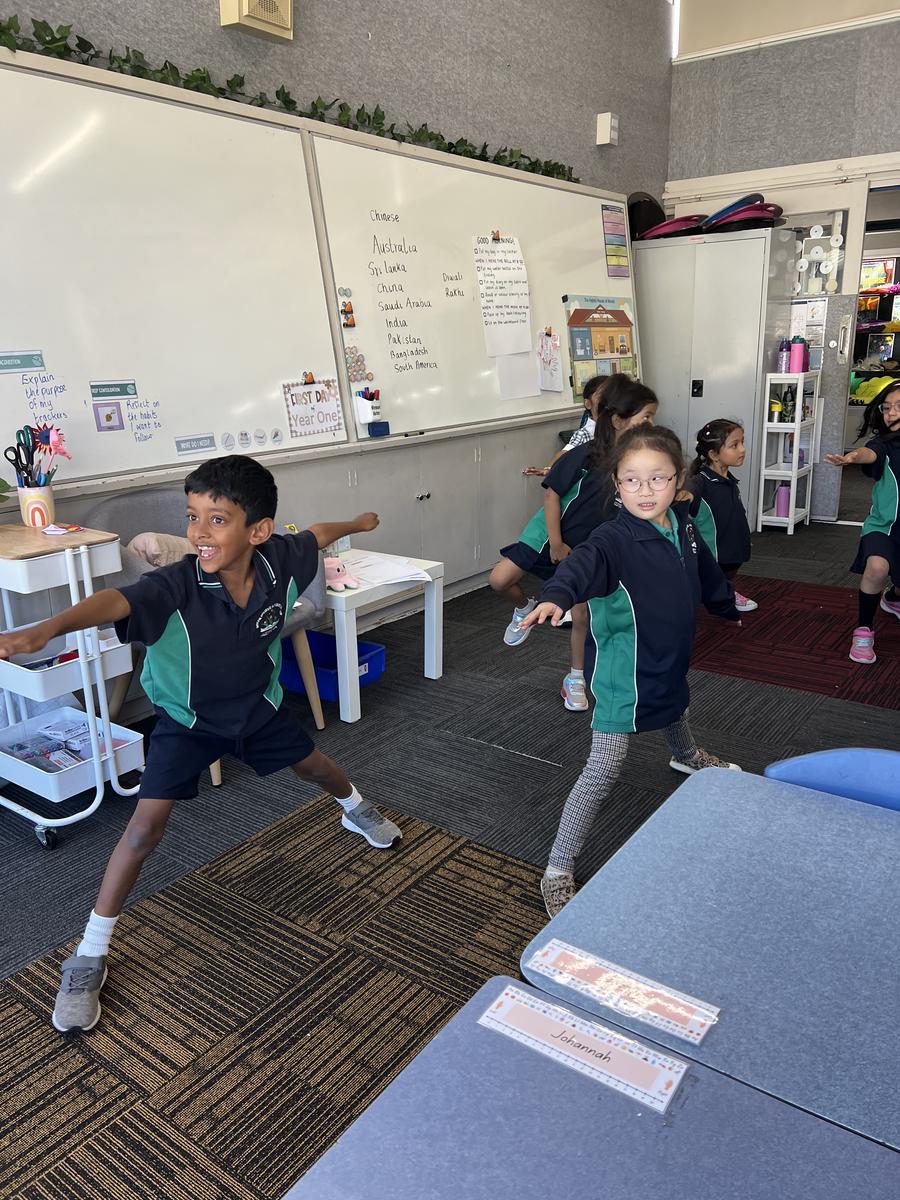Term 1
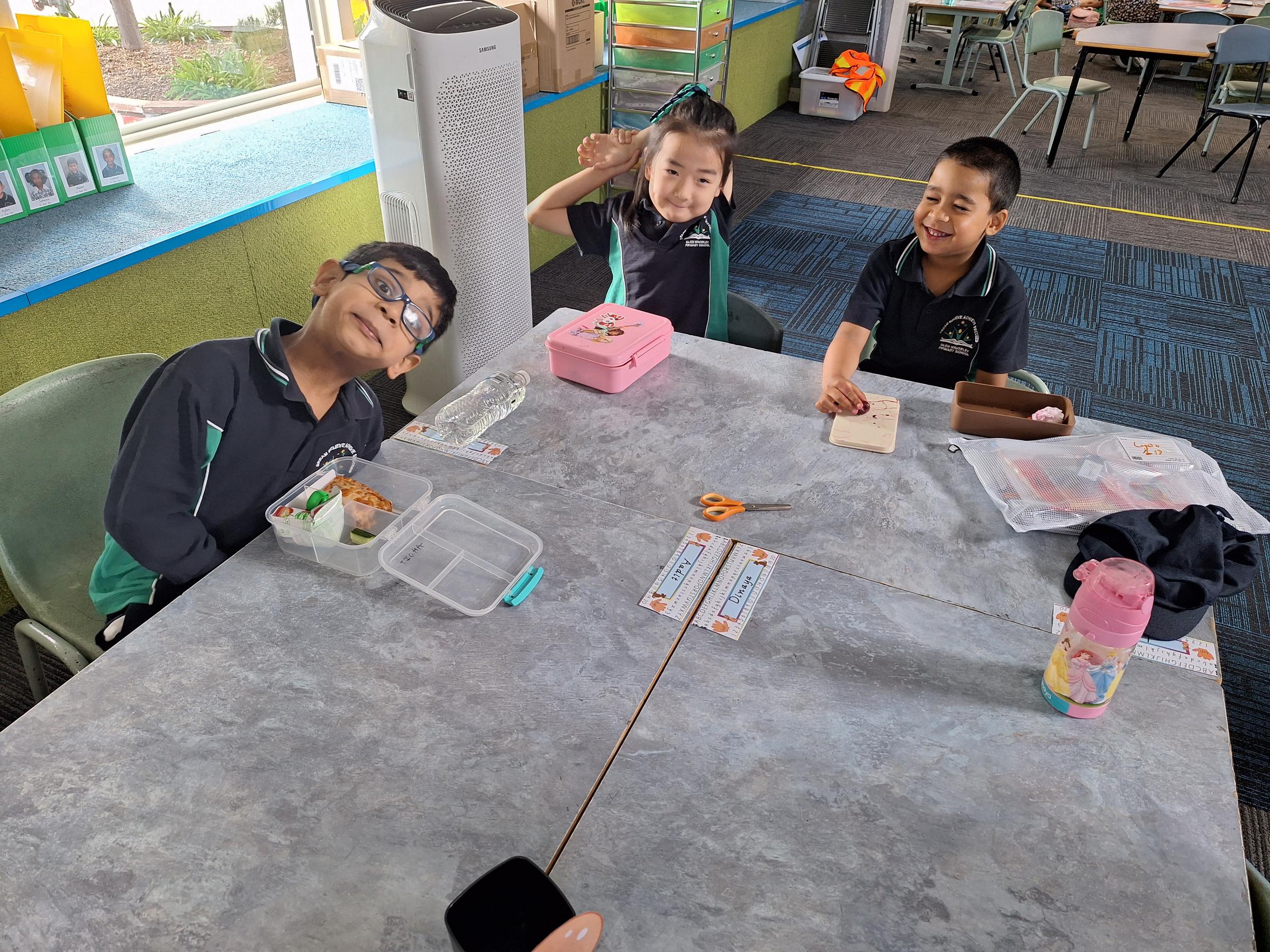
English
Inital Lit
This year we will be building on our literacy program called ‘InitialLit’. InitiaLit is taught across Foundation, Year 1 and Year 2. The program utilises a sound-by-sound synthetic phonics approach to teach students to read and spell. InitiaLit follows a prescribed sequence of phonic skills. The foundation provided last year, will allow our new Year 1 students to seamlessly participate in our InitiaLit sessions due to the familiarity of routine and their extensive phonics knowledge. Students will have multiple opportunities to revise the content learnt last year and to practise applying newly taught phonic skills to the reading of single words in isolation and in sentences. They will also continuously practise and improve their speaking and listening skills through these sessions. We are looking forward to continuing this exciting journey with students.
Key Vocabulary:
- Phonemes
- Syllables
- Digraph
- Fluency
- Vocabulary
- Comprehension
How can you support your children at home?
- Listen to your child read their reader each day and encourage them to record this in their Reading Diary.
- Encourage your child to read their reader or books more than once for fluency and deeper understanding.
- Strengthen your child’s comprehension by asking them to retell the main events in the book, in the order in which they occurred.
- Ask your child to make explain possible reasons for different events in the text, such as: “Why do you think the character was crying on the second page?”
Writing
In Term One, students will develop their understanding of sustained writing, with a focus on Narrative and Recount Writing. For Narrative Writing, students will explore different types of narratives, considering elements such as characters, setting, events, problems, and solutions. In Recount Writing, the focus will be on enriching vocabulary and understanding the structure and features of a recount. Students will engage in various rich learning experiences, including swimming, which will support their recount writing. They will consider the sequence of events and learn how to ‘hook’ their audience to make their writing more engaging. Additionally, they will work on creating ‘Super Sentences,’ and will be introduced to editing their writing, focusing on the use of uppercase and lowercase letters and applying boundary punctuation. We are thrilled to continue this exciting journey with students and see them grow and become confident writers. Learners will continue to de4velop their handwriting following the Victorian Modern Cursive script.
Key Vocabulary:
Narrative writing
- Character
- Setting
- Plot
- Conflict
- Resolution
- Problem
- Solution
Recount writing
- Events
- Sequencing: then, next, afterwards, meanwhile, eventually
How can you support your children at home?
- Brainstorm narrative ideas as a family and co-write stories together using description language.
- Practise writing ‘Super Sentences’ at home, ensuring the sentence makes sense, begins with a capital letter and ends with boundary punctuation.
- Read the introduction of a book or watch a short story – then ask them to create their own ending to the story.
- Have your children select one favourite day/event and have them record some of the key points about it. Encourage them to use these ideas to craft a recount (Who was there with them? What they did? Where they went? How did they get there? Any memorable moments they have experienced.)
Mathematics
This Term, we are thrilled to introduce a new mathematics program called Ochre, which will be implemented across our school. Ochre provides a structured approach to developing foundational mathematical skills, grounded in the Science of Learning and aligned with the Victorian Curriculum. The program emphasises problem-solving and critical thinking, aiming to build confident, numerate learners who can apply mathematical concepts to understand the world around them.
To start the Term, students will explore Data Representation and Interpretation by collecting, sorting, presenting, and analysing data. This hands-on approach allows them to apply mathematics to real-life situations and learn more about each other through data. Students will also deepen their understanding of Place Value by exploring different ways to represent numbers. Using a variety of strategies, they will develop flexibility and confidence with numbers. They will also investigate how numbers can be represented and broken into smaller parts, with an emphasis on explaining their thinking and justifying their strategies. Later in the term, students will focus on Addition and Subtraction through engaging activities that build their understanding of key concepts such as combining, partitioning, part-part-whole relationships, and properties of both operations. We are excited to see students grow as confident mathematicians this term!
Key Vocabulary:
Data Representation
- Data
- Tally marks
- Category
- Picture graph
Place Value
- Ten-frame
- Number
- Numeral
- Number bond
- Digit
- Value
- Base ten blocks
Addition and Subtraction
- Addition
- Subtraction
- Partition
- Subitising
- Part-Part-Whole
How can you support your child’s Mathematics learning at home?
- Help your child collect and sort items at home, like toys or groceries, and create simple graphs or charts to represent the information. Discuss what the data shows.
- Use everyday opportunities to talk about numbers, such as breaking them into tens and ones (e.g., 25 = 20 + 5) and ask your child to explain their thinking.
- Play games like rolling dice to add or subtract numbers or use real-life scenarios like counting change or comparing quantities in the kitchen.
Inquiry
Question: “How do we live as families?”
Global Goal: 3. Good Health and Wellbeing
The Inquiry unit this Term focuses on the question “How do we live as families?” exploring the diversity of family structures, roles, and relationships. Students will learn about family dynamics, how families evolve with changing technology, and how collaboration and empathy strengthen relationships. This understanding extends to viewing GWPS as a family, where teachers act as caregivers, principals as guiding elders, and classmates as supportive siblings. The unit integrates personal, social, and historical perspectives to highlight how families, including school families support, connect and grow together.
Key Vocabulary:
- Family
- Relationships
- Diversity
- Empathy
- Technology
- Collaboration
How can you support your child’s Inquiry learning at home?
- Explore Family Stories and History: Share family stories, create a timeline of significant family events, or discuss how family routines and technologies have changed over time.
- Promote Empathy and Collaboration: Role-play scenarios to practice empathy and discuss appropriate and inappropriate behaviours in family settings.
- Discuss Technology’s Impact: Compare how family communication methods have evolved (e.g., letters vs. texting). Engage in activities like writing letters or using video calls to connect with extended family members.
Wellbeing
The Resilience Project
In 2025, we are using ‘The Resilience Program’ to support Wellbeing learning. This program focuses on building foundational skills in Emotional Literacy, Empathy, Mindfulness and Gratitude. Through reflective practices, creative activities, and social interactions, students enhance their self-awareness and connection with others. By exploring themes such as recognising emotions, helping others, seeing different perspectives, and the joy of laughter, they develop habits and insights essential for their personal and social wellbeing. The program aims to build mental resilience and wellbeing amongst educators, children, parents/carers, and the community. You can explore The Resilience Project at Home Hub here.
Key Vocabulary:
- Emotional Literacy
- Gratitude
- Empathy
- Perspective
- Reflection
How can you support your child’s Wellbeing learning at home?
- Engage in Discussions: Ask your child how they felt during their transition to Year 1 and discuss changes in their life as a normal part of growing up.
- Practice Gratitude and Laughter: Share funny moments from your day and reflect on things you are grateful for together as a family.
- Encourage Helping Acts: Identify small ways your child can help around the house or community to build their empathy and sense of kindness.
Cyber Safety Project
In Term One, our Year 1 students will begin a new and exciting journey focused on Cyber Safety, with an emphasis on the theme of Responsibility. This program empowers young people with the skills and knowledge to independently manage their digital safety and wellbeing. The program will be taught via 16 lessons across the year, with four each term. The learning will centre around the four following values: responsibility, integrity, strength and empathy.
Key Vocabulary:
- Cyber safety
- Technology
- Digital
How can you support your child at home?
- Encourage your child to use their devices in communal living areas.
- Attend the parent sessions, more to come in Term 2.
- Discuss with your child safe cyber practices.
